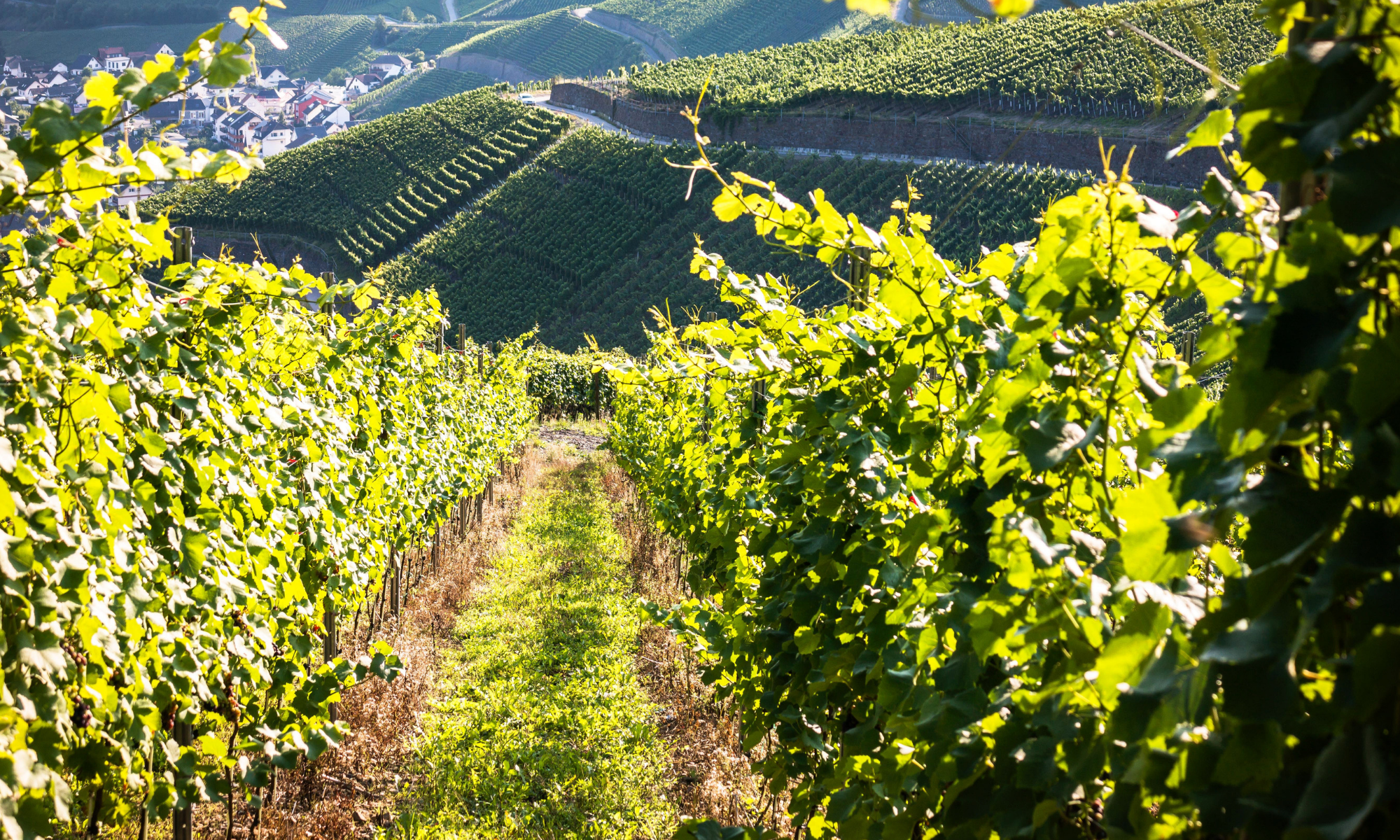
Soar High, Dragonfly
by Sheri M. Bestor; illus. by Jonny Lambert
32 pages; ages 5 – 8
Sleeping Bear Press, 2019
Spring sun warms the earth. Seeds sprout. Birds build nests. High above, tiny wings hum like wind through the leaves.
This book introduces readers to the life of a green darner dragonfly. Green darners are one of the species that migrate, flying north in spring and south in fall.
What I like about this book: There are three layers of text. Large text tells the story of a dragonfly’s life, from egg to adult. Even larger text provides sound effects, such as the “Pop. Pop. Pop” of eggs landing on the surface of the pond – or the exclamations of “Oh my, dragonfly!” Sidebars, in smaller text, add more details about the natural history of these amazing insects. The illustrations, bright and marbled and reminiscent of Eric Carle, invite you to explore the scenes spread across the pages. Even the end papers offer plenty to see. I would have liked some back matter offering more information, such as how the nymphs breathe underwater and whether climate change is affecting their migration.
Head over to Archimedes Notebook for some beyond-the-book activities and a review of The Bug Girl.

It’s STEM Friday! (STEM is Science, Technology, Engineering, and Mathematics)
Copyright © 2019 Sue Heavenrich All Rights Reserved.


















 Spot, Spike, Spiral (Board book)
Spot, Spike, Spiral (Board book)